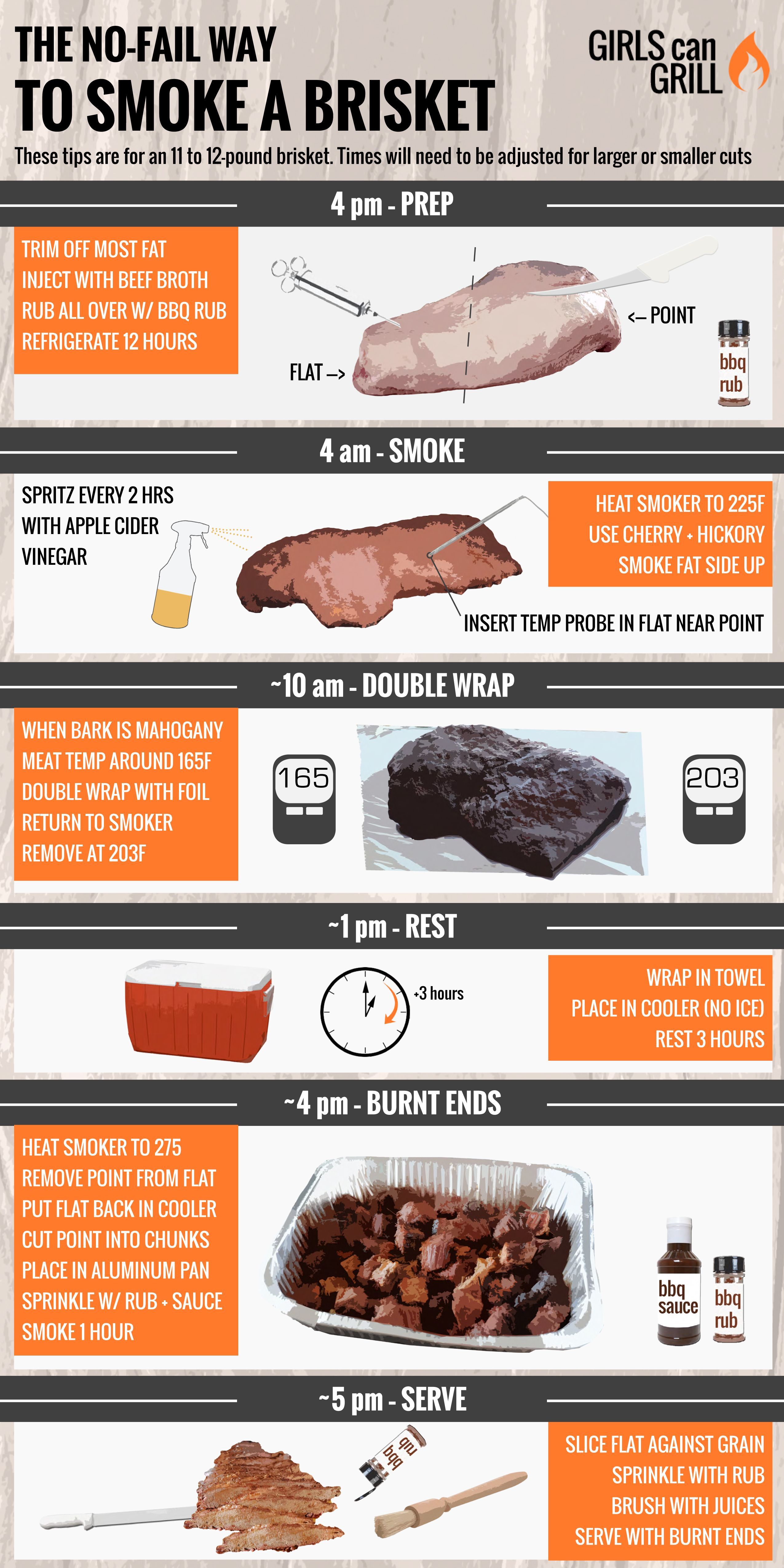Smoking brisket is an art that many barbecue enthusiasts strive to master, and understanding the ideal temperature to smoke brisket is crucial for achieving delicious results. Whether you are a beginner looking to impress your friends or a seasoned pitmaster seeking to refine your technique, knowing the right temperature is essential. In this comprehensive guide, we will delve into everything you need to know about the best temperature to smoke brisket, techniques, tips, and tricks to elevate your smoking game.
Brisket, a cut of meat from the breast or lower chest of beef, is known for its rich flavor and tenderness when cooked correctly. However, smoking brisket can be a daunting task due to the time and temperature control required. This article is designed to provide you with expert insights into the optimal temperature settings for smoking brisket, along with step-by-step instructions to ensure your brisket turns out perfectly every time.
From understanding the different types of brisket cuts to the importance of resting the meat, we’ve got you covered. So, let's dive into the world of brisket smoking and discover how to achieve that mouthwatering flavor and tenderness that everyone craves.
Table of Contents
- Understanding Brisket Cuts
- Ideal Temperature to Smoke Brisket
- Smoking Techniques for Brisket
- Preparing Brisket for Smoking
- Sides and Sauces to Pair with Brisket
- Resting the Brisket
- Common Mistakes to Avoid
- Conclusion
Understanding Brisket Cuts
Before diving into the specifics of smoking brisket, it is essential to understand the different cuts of brisket. The brisket is divided into two main parts:
- Flat Cut: This is the leaner part of the brisket, often preferred for slicing and sandwiches. It has a uniform thickness and is easier to cook.
- Point Cut: This cut is marbled with fat and is known for its flavor and tenderness. It is often used for burnt ends and is more forgiving during the cooking process.
Brisket Data Table
| Brisket Cut | Weight Range | Cooking Time | Best Use |
|---|---|---|---|
| Flat Cut | 3-5 lbs | 1-1.5 hours per pound | Slicing, sandwiches |
| Point Cut | 5-8 lbs | 1-1.5 hours per pound | Burnt ends, shredding |
Ideal Temperature to Smoke Brisket
The ideal temperature to smoke brisket is a topic of much debate among barbecue enthusiasts. However, the consensus is that the best temperature range for smoking brisket is between 225°F to 250°F (107°C to 121°C). This low and slow method allows the collagen in the meat to break down, resulting in a tender and juicy brisket.
Here’s a breakdown of why temperature control is vital:
- 225°F (107°C): This temperature ensures a longer cook time, allowing for maximum tenderness.
- 250°F (121°C): While slightly hotter, this temperature can speed up the cooking process without sacrificing moisture.
Internal Temperature Guidelines
When smoking brisket, it’s crucial to monitor the internal temperature of the meat. The following temperatures are recommended:
- 190°F (88°C): The brisket is tender and ready to be pulled.
- 195°F (91°C): Ideal for slicing, retaining a good amount of moisture.
- 203°F (95°C): Perfect for shredding, especially for sandwiches or tacos.
Smoking Techniques for Brisket
To achieve that perfect smoked brisket, employing the right smoking techniques is essential. Here are some popular methods:
- Offset Smokers: These smokers allow for indirect heat and are ideal for long smoking sessions.
- Pellet Smokers: They provide consistent temperature control and are great for beginners.
- Electric Smokers: These are user-friendly and help maintain a steady temperature.
Wood Choices for Smoking
The type of wood you use can significantly impact the flavor of your brisket. Here are some popular choices:
- Hickory: Offers a strong flavor, perfect for beef.
- Oak: Provides a milder smoke flavor, great for longer cooks.
- Pecan: Adds a sweet, nutty flavor to the meat.
Preparing Brisket for Smoking
Preparation is key to achieving a flavorful brisket. Here are some steps to follow:
- Trimming: Remove excess fat; leave about a quarter-inch for moisture.
- Seasoning: Use a simple rub of salt, pepper, and garlic powder.
- Resting: Let the brisket rest at room temperature for about an hour before smoking.
Sides and Sauces to Pair with Brisket
Brisket pairs well with a variety of sides and sauces. Here are some popular options:
- Coleslaw: A crunchy side that complements the rich flavors of brisket.
- Potato Salad: Creamy and flavorful, a perfect match.
- Barbecue Sauce: A tangy sauce enhances the smoky flavor.
Resting the Brisket
Resting is a crucial step that is often overlooked. After smoking, let the brisket rest for at least an hour. This allows the juices to redistribute, ensuring a moist and flavorful result.
Common Mistakes to Avoid
Even seasoned pitmasters can make mistakes. Here are some common pitfalls to avoid:
- Skipping the rest period: Always allow your brisket to rest.
- Using the wrong temperature: Monitor your smoker’s temperature closely.
- Overcooking: Keep an eye on internal temperatures to avoid dry meat.
Conclusion
In conclusion, understanding the ideal temperature to smoke brisket is vital for achieving a tender and flavorful result. By following the guidelines outlined in this article, from selecting the right cut to employing the proper techniques, you can elevate your smoking skills. Don't forget to rest your brisket and pair it with delicious sides and sauces to create a memorable barbecue experience. If you found this article helpful, please leave a comment, share your thoughts, and check out our other articles for more barbecue tips!
Final Thoughts
Thank you for reading our ultimate guide to smoking brisket. We hope you found valuable insights and are inspired to try smoking brisket at home. Remember, practice makes perfect, so don’t hesitate to experiment and find what works best for you. We look forward to seeing you back here for more delicious barbecue tips and tricks!


